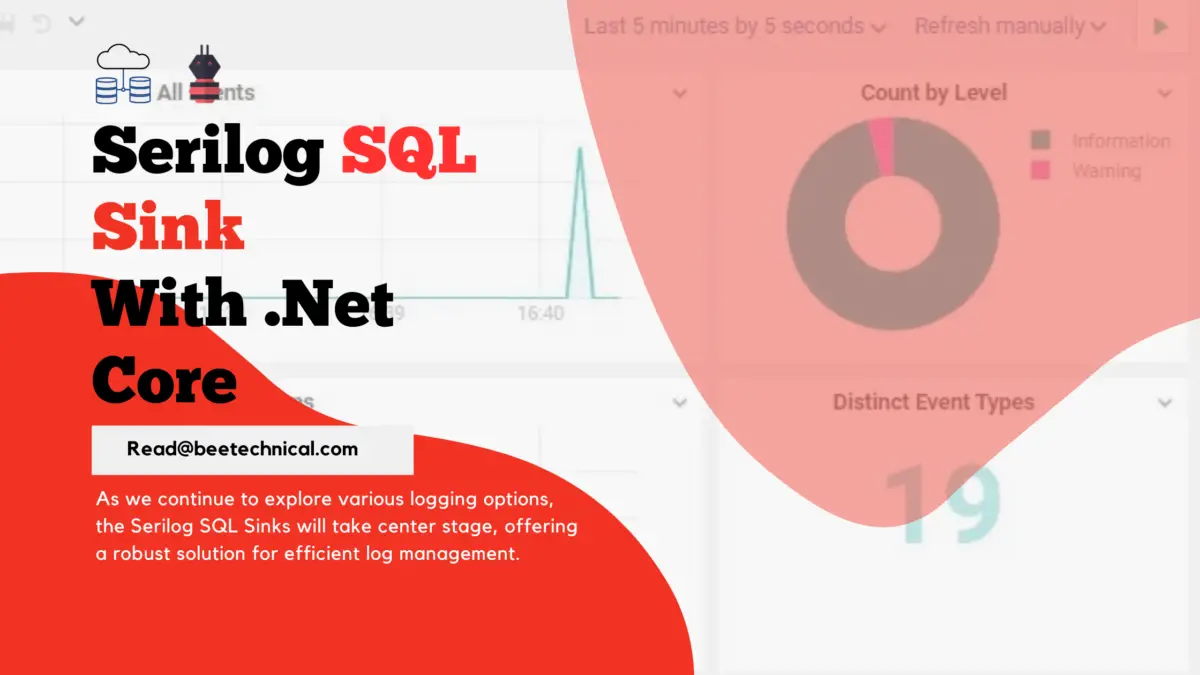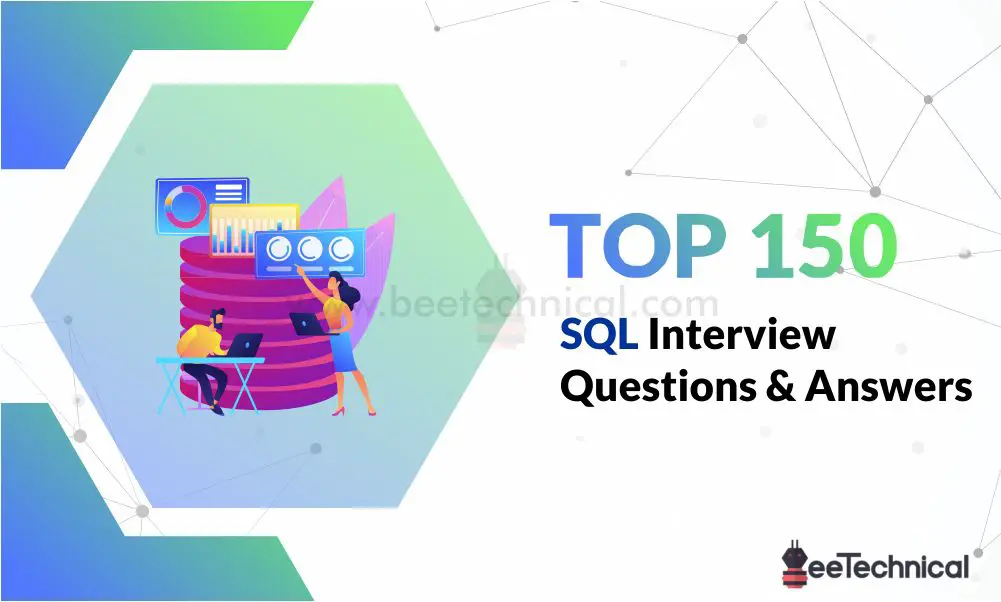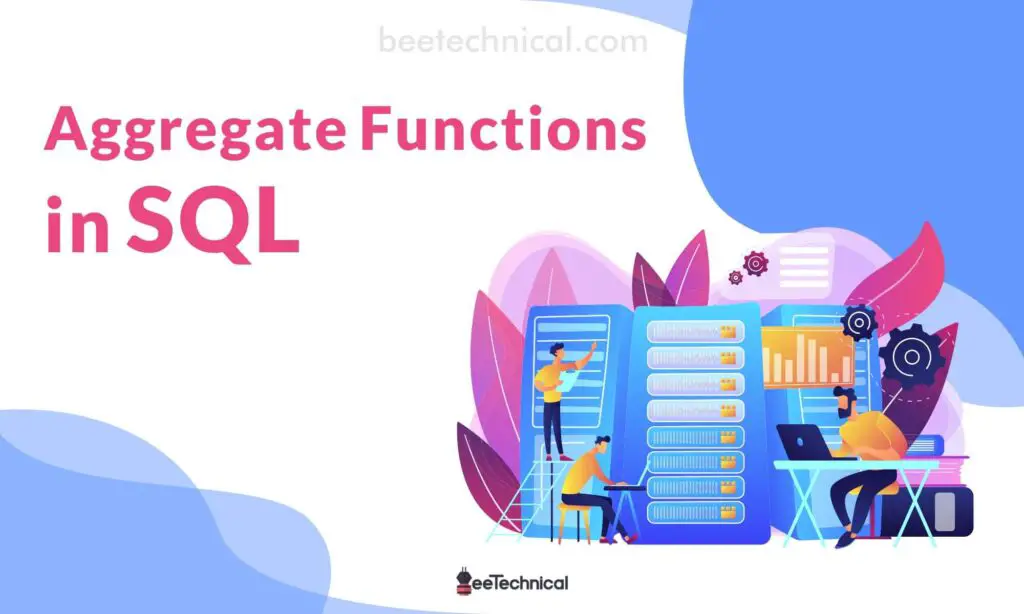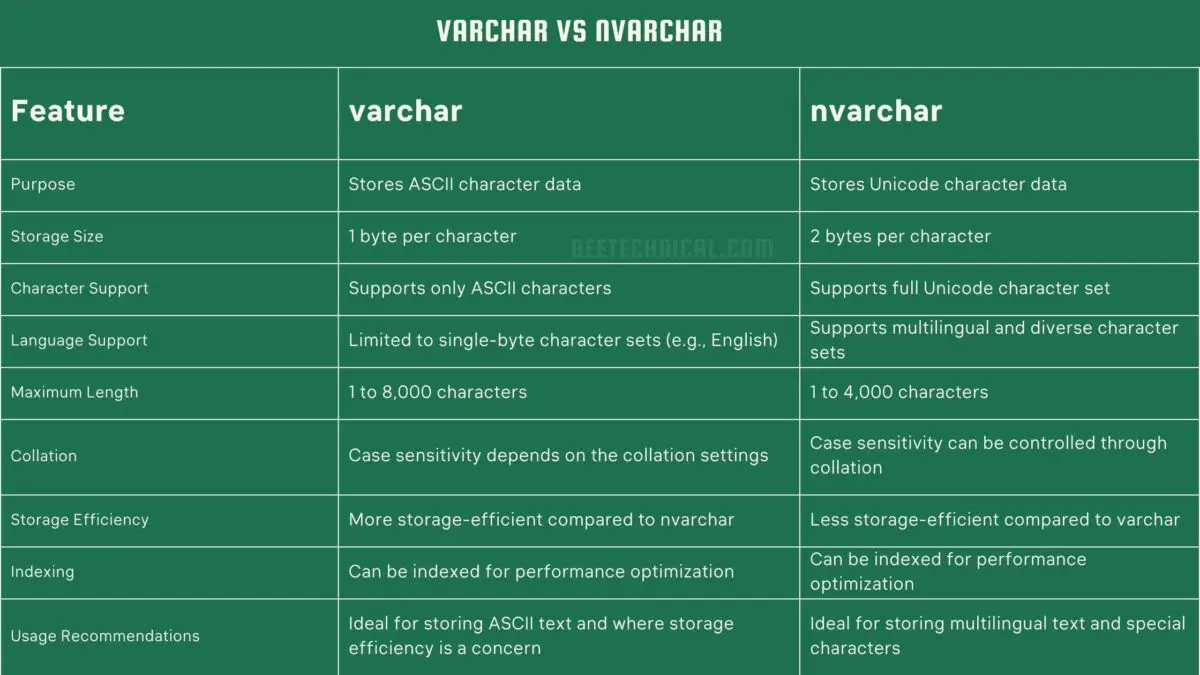When it comes to managing data in modern software applications, two commonly used terms are DBMS and RDBMS. DBMS stands for Database Management System, while RDBMS stands for Relational Database Management System. While these two terms may seem similar, they have distinct differences in their approach to organizing, storing, and retrieving data.
In this article, we will delve into the key differences between DBMS and RDBMS, providing a clear understanding of their contrasting characteristics, functionality, and use cases. Whether you’re a software developer, IT professional, or someone interested in understanding the nuances of databases, this article will shed light on the distinctions between DBMS and RDBMS.
As a beginner, you will frequently encounter the question Difference Between DBMS and RDBMS. So, let us try to understand the fundamental distinction between these two perplexing terminologies.
What is DBMS?
The DBMS stands for Database Management System which is nothing but computer software.
Now, the database is a collection of related data from the real world. This data is getting manipulated and fetched systematically, which is often the functionalities of the database. Using the Database Management System, the data within the database is systematically secured, managed, and stored.

The DBMS has ensured users in maintaining their files with important information. The use of advanced technology is ensuring that users can easily fill in the required information like backup, updates, security, retrievals, and many more.
The integrated database system was introduced in the year 1960 for storing data and using those data for certain needs.
Considering an example, the use of data that is getting extracted from the transaction is stored, and then it is used in future uses.
What are the Advantages of DBMS?
In the modern era, the use of DBMS is huge. So, there have to be some positives that is tempting users to use it more often. Here are some of the purposes of a Database Managed System, listed in the points given below:
- The uniformity of the data is maintained within the database.
- There can be lots of confusion when you are handling large sets of data but using the DBMS software becomes easy without any human error.
- It is versatile enough to accommodate data for various uses.
- Using such a technology, you can manage the data in a faster way.
Some of the versions of the DBMS are Clipper, RDBMS, FoxPro, and many more.
What is RDBMS?
From the above examples, you might have understood that RDBMS is a DBMS. Now, understanding the difference Between DBMS and RDBMS will be interesting. Before that, you need to know what RDBMS is all about.

Maintaining and managing data in a tabular format using the software is often termed the Relational Database Management System (RDBMS). The software operates in the relational schema which holds the tables and the data gets arranged into it in the formation of rows and columns.
The RDBMS is an updated version of traditional DBMS. The modern era has gone fast-paced, efficient, productive, and innovative which was suitable managed after the inclusion of RDBMS in the year 1970.

The refined ways of working with one or more databases have given rise to one of the most demanding database management systems which is the RDBMS. This has ensured the right support to the users in their needs and necessity. Apart from meeting the users’ needs, it has proficiently managed the exponentially growing data.
What are the Advantages of RDBMS?
After going through the features that are related to the Relational Database Management System, it becomes important to spot the advantages that specifically RDBMS adds to the database management system. These are listed as follows:
- Multiple users can able to access it.
- It can store large sets of data.
- The data redundancy is minimum when it comes to RDBMS.
- The data integration is spot on with this system of the database management system.
- The structuring and organizing of data are also done by better and updated tools.
List of RDBMS Databases
Here is a list of popular Relational Database Management Systems (RDBMS):
- Oracle Database: Developed by Oracle Corporation, Oracle Database is one of the most widely used enterprise-level RDBMS is known for its scalability, security, and robustness.
- Microsoft SQL Server: Developed by Microsoft, SQL Server is a popular RDBMS used for managing databases in Microsoft environments. It offers extensive integration with other Microsoft products and services.
- MySQL: Developed by Oracle Corporation, MySQL is an open-source RDBMS known for its ease of use, high performance, and scalability. It is widely used in web applications and is compatible with various operating systems.
- PostgreSQL: An open-source RDBMS is known for its robustness, extensibility, and support for advanced data types. PostgreSQL is widely used in enterprise-level applications and has a strong community-driven development.
- IBM DB2: Developed by IBM, DB2 is a powerful RDBMS with advanced features for handling large-scale data and high transaction volumes. It is widely used in enterprise-level applications and offers strong data security features.
- SQLite: A self-contained, serverless, embedded RDBMS that is widely used in mobile applications and other embedded systems due to its small footprint and simplicity.
- Microsoft Access: A desktop RDBMS that is part of the Microsoft Office suite, primarily used for small-scale database management tasks.
- SAP HANA: Developed by SAP, HANA is an in-memory RDBMS known for its speed and real-time data processing capabilities, making it popular in data-intensive applications.
- Teradata: A powerful RDBMS is known for its scalability and performance in handling large data warehouses and analytics applications.
- Informix: A RDBMS developed by IBM known for its high-performance capabilities, particularly in OLTP (Online Transaction Processing) environments.
Difference Between DBMS and RDBMS?
DBMS has largely benefited from the introduction of the RDBMS but establishing the difference between DBMS and RDBMS will help in understanding the right purpose, features, and functionality of these widely used systems related to databases. The differences are illustrated in the table form below:
| Parameters | DBMS | RDBMS |
| Storage | The storage in DBMS is done in files. The arrangement is either done in a navigational manner or a hierarchical manner. | A tabular form is used to store the data. The storage is not in a hierarchical manner rather the columns are used as the headers and the rows contain the data. |
| Functionalities | This system is used for storing, creating, retrieving, managing, and updating the data present within the database. | This system can create and manage the database. Apart from doing so, it has also been used to store data in tables and the data can be effectively stored, used, and retrieved. |
| Number of users | A single user can use it. | Multiple users can use it. |
| Normalization | Normalization is unsupported in DBMS. | Normalization is supported and therefore the data is well organized within the database. |
| Handling data quantity | Not possible to store large sets of data. | It can handle and store large sets of data effectively. |
| Data relationship | No relationship is established between the stored data. | The relationship is maintained among the tables that consist of data in it. |
| The efficiency of fetching data | Slow to fetch the data. | The relational model has ensured faster and more efficient data fetching. |
| Distributed databases | Storing databases at a different location is not supported. | Storing databases in a different location is supported. |
| Redundancy of data | Duplication of data is higher in DBMS. | Duplication of data is eliminated and therefore it reduces the wastage of resources and time. |
| Use of hardware and software | Needs minimum uses of hardware and software. | Uses of hardware and software are higher as compared to the traditional database management system. |
| Data integrity | No data integration constraints. | Supports the integration constraints for maintaining the uniformity of the data. |
| Accessing of data | You can access a single file from a single database. | You can access multiple data in a single attempt. |
| Data security | Data is more prone to theft as there is no data security. | Data is highly secure with security measures. |
| Data consistency (ACID properties) | It does not support ACID properties and therefore no consistency of data. | Supports the ACID properties so the data is always consistent. |
| Data client-server | Does not support the client-server. | Supports data client-server with a specific architecture. |
Conclusion
Ultimately, the choice between DBMS and RDBMS depends on the specific requirements of the database application, including the size and complexity of the data, the need for data integrity enforcement, the querying and manipulation requirements, and the scalability and security considerations. It’s important to carefully evaluate the features and capabilities of both DBMS and RDBMS before choosing the appropriate one for a particular database management scenario.
Is SQL DBMS or RDBMS?
SQL (Structured Query Language) is a programming language used to manage relational databases, which makes it a part of RDBMS (Relational Database Management System).
MongoDB is DBMS or RDBMS?
MongoDB is a NoSQL (Not Only SQL) database management system, which means it is not classified as a DBMS (Database Management System) or an RDBMS (Relational Database Management System).
Is MS Access a DBMS or RDBMS?
Microsoft Access is a desktop relational database management system (RDBMS) that is part of the Microsoft Office suite of applications. It is used to create, manage, and manipulate relational databases, where data is organized into tables with predefined schemas, and relationships can be established between tables. Access uses SQL (Structured Query Language) to interact with the database and perform operations such as querying, inserting, updating, and deleting data.
SQLite is DBMS or RDBMS?
SQLite is a software library that provides a self-contained, serverless, zero-configuration, transactional relational database management system (RDBMS). It is embedded into applications as a library, rather than running as a separate server, and is commonly used in mobile applications, embedded systems, and desktop applications.
Excel is DBMS or RDBMS?
Excel is a spreadsheet software developed by Microsoft and is not classified as a traditional DBMS (Database Management System) or RDBMS (Relational Database Management System). Excel is primarily used for creating, organizing, and analyzing data in a tabular format, but it lacks many features that are typically found in DBMS or RDBMS, such as advanced data modeling, complex querying capabilities, and data integrity enforcement.








